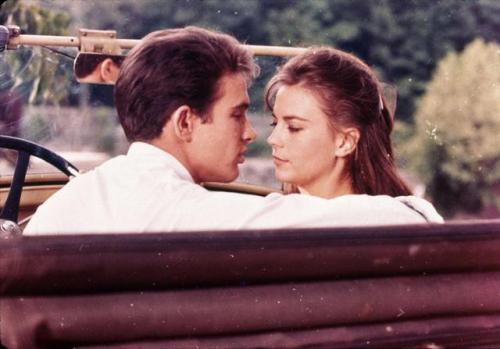Youth is a bitter mystery even to those who have outgrown the initial perplexity of being young. We thought that being young was synonymous with staying ever at the moment. To the looming presence of time we imparted the same significance as we did the cautious words of our harrying parents – we habitually chose to ignore the warning of an imminent storm, the vague but approaching sound of thunder we pretended not to hear. We told ourselves: what may come will come inevitably; so long as the sky is still vaulted over our heads, we always survive.
But survival is invariably an occasion for painful remembrances, from which we are less likely to release ourselves without certain lasting agonies or scars. Dimly we began to notice the flight of time, and we read James Joyce’s words in The Portrait of the Artist as a Young Man with a premature forlornness: “Time is, time was, but time shall be no more.” Time shall be no more but time also etched in us indelible imprints that, many years later, when we are no longer the absent-minded youths that we once were, we still fail to decipher.
In Elia Kazan’s Splendor in the Grass, adapted from a play by William Inge, the trials of being young consists not so much in the struggle against the involuntary transition to adulthood, as in the incipient awareness of the flight of time. The film’s central couple, Deanie and Bud, are torn over the simple issue of whether an unmarried couple should satiate their sexual desires – this is, of course, only what seems to be, on the surface, the ostensible cause of the subsequent drama, which sees Bud succumbing to the temptations of other wilder and less repressed female interests, and Deanie driven mad and sent to an institution as a consequence of Bud’s infidelity. Their brief reunion years later is one of disenchantment and unavowed remorse: both agree that happiness is no longer the ideal on which they base their prospect of life, and decide, tacitly, that time assumes an emotional gap between them, attenuating whatever vestigial passion they still have for one another.
In one of the most evocative sequences in the film, Deanie is asked by her English teacher to paraphrase lines from William Wordsworth’s “Ode: Intimations of Immortality from Recollections of Early Childhood”: “Though nothing can bring back the hour/ Of splendour in the grass, of glory in the flower, / We will grieve not, rather find/ Strength in what remains behind.” Seized by a sudden panic when reading those lines, for the poem presents a crude reality that time can never be regained once lost, Deanie breaks down and is subsequently subjected to a long bout with depression. Nearing the end of the film, however, those words are recalled by Deanie in a more positive, if wistful, light: the past may be irretrievable, but the person can benefit from the “strength in what remains behind”; memories hold the key to our reconciliation with what is gone, so that we may look to the future with renewed hope and vigour.

Comments
Post a Comment